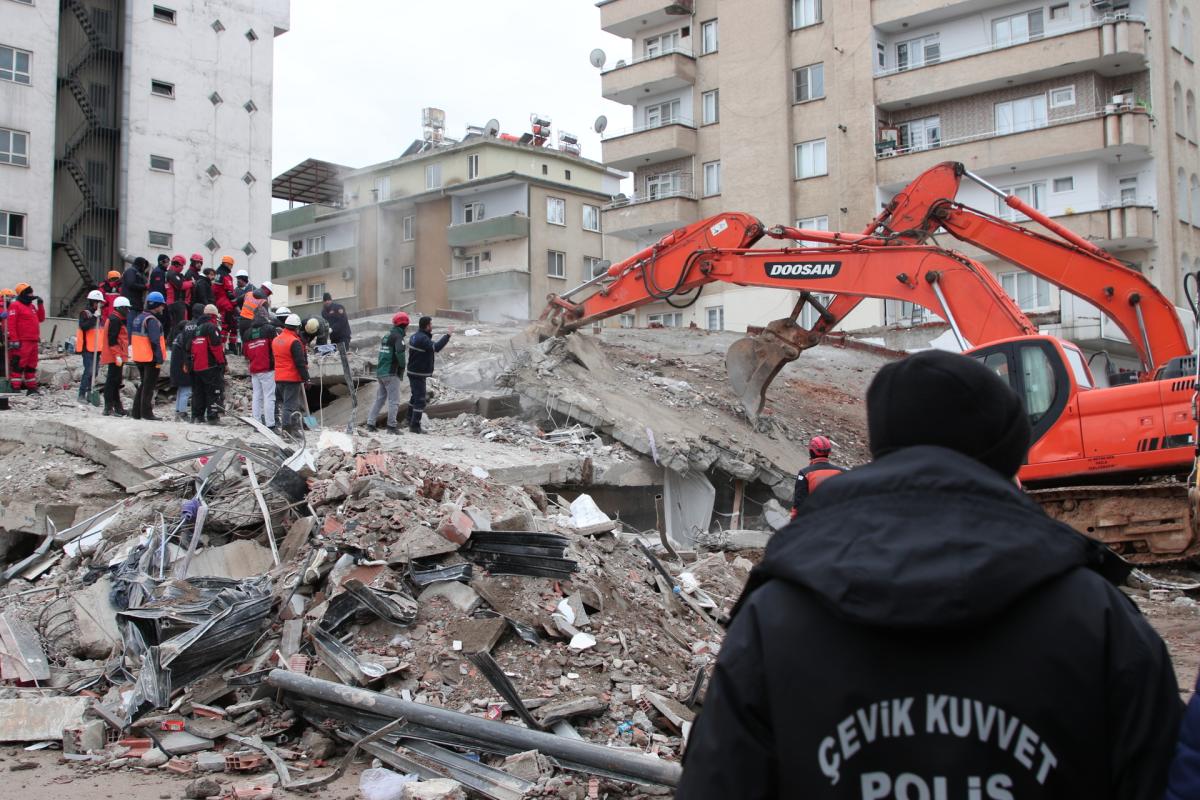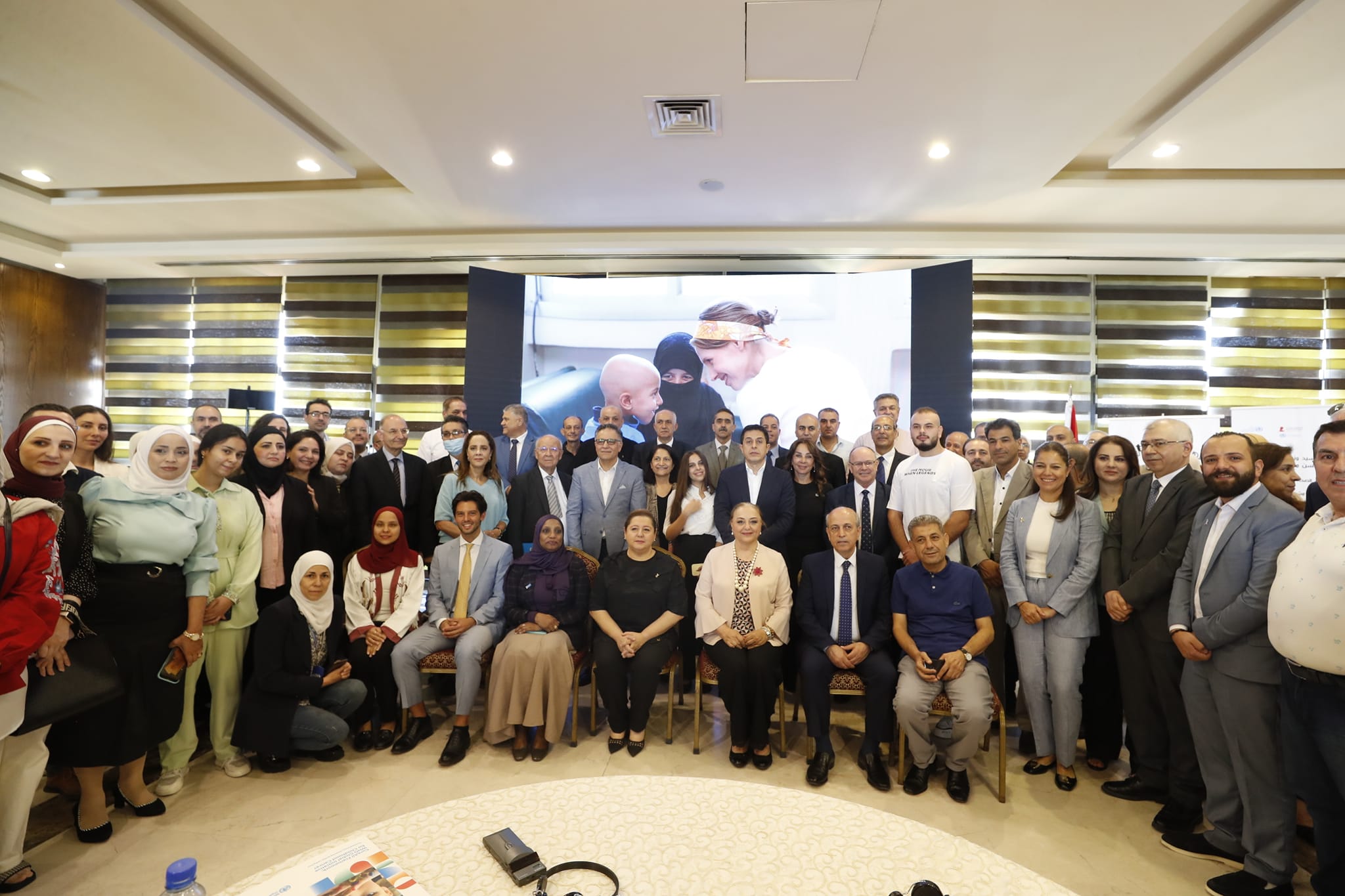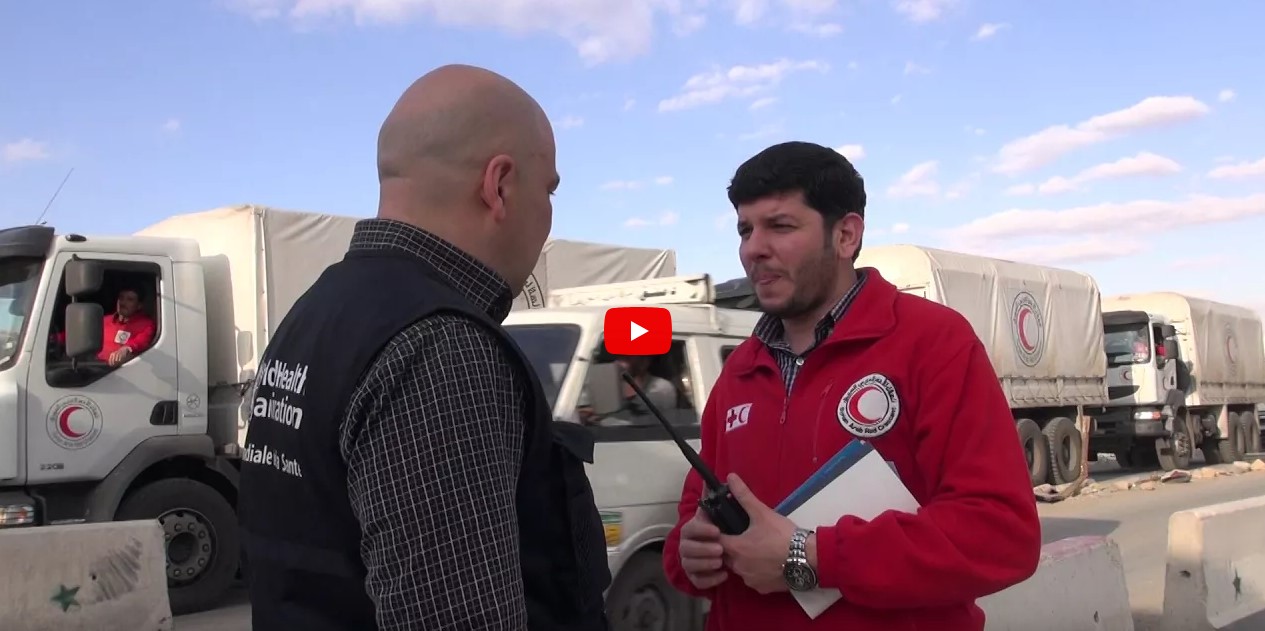How do health workers respond when a massive earthquake hits the city they live in? What is the immediate response and what comes second? What is the role of the World Health Organization in a large-scale natural disaster like the one that struck Türkiye and Syria approximately a year ago?
The February 2023 earthquakes quickly became an unprecedented challenge for the WHO team in Gaziantep – a border city between the 2 countries and the location from which WHO operates its cross-border operations into northwest Syria.
From the very onset of the response, it was clear that WHO’s staff needed to leverage creativity and embrace unconventional solutions to overcome the many challenges and extent of the earthquakes’ impact – on both sides of the border.
The first 48–72 hours

“Immediately after the earthquake hit, it became obvious that we needed to distribute all our prepositioned supplies, so that trauma kits and other essential medicines could reach as many people as possible,” says Dr Abdul Baki Mahmoud, WHO’s Technical Officer, who was one of the coordinators of the earthquake response for displaced people in Gaziantep.
“During the first 48–72 hours we were sending out supplies and, at the same time, trying to ensure that our families as well as many of our colleagues, who were also victims of the disaster, were safe,” Dr Mahmoud recalls.
What then followed was to ensure mental health services for the survivors as well as for the responders; another priority that became obvious in the very first hours after the devastating earthquake.
Chronic conditions turn life-threatening
When emergencies disrupt health systems, responders working on the ground need to find innovative ways to help the especially vulnerable among those impacted: people with diabetes, hypertension, cancer, and other noncommunicable diseases (NCDs).
That was also the case in the aftermath of the earthquakes in Türkiye and Syria.
“About one week after the disaster, we organized a more systematic meeting of WHO technical working groups in Gaziantep to reorganize our supply lines, activate our mobile teams and determine other urgent needs. At that point in time, preventing and treating noncommunicable diseases became one of our key focus areas,” explains Dr Mahmoud.
NCDs, such as cardiovascular diseases, cancer, diabetes and chronic respiratory diseases, account for 90% of all deaths in the WHO European Region. Many of them are manageable and can be controlled when infrastructure is intact and health systems are up and running.
But when emergencies hit and access to essential medication is disrupted, NCDs can quickly become an urgent life-threatening hazard.
“WHO's innovative approach extended beyond the immediate earthquake response. Based on learnings from the broader humanitarian context, we leveraged a coordination system that draws on technical working groups to facilitate the harmonization and organization of health interventions,” says Rosa Crestani, Head of WHO’s Gaziantep Office.
In search of innovative solutions
The one element of the response that proved crucial for its success and reach, drawing heavily on years of experience of cross-border support from southern Türkiye into Syria, was innovation.
“The agile response to the disaster's aftermath in Gaziantep is a valuable case study for WHO,” Ms Crestani explains, for the very reason that the disaster forced WHO teams to search for innovative solutions, push beyond conventional practices, and adapt rapidly to an ever-changing situation.
In the critical initial phase of the emergency, WHO switched from the traditional model of predetermined and centralized distribution of standardized supply packages to a so-called expression-of-interest system, empowering partner organizations on the ground to request urgently needed specific medicines and supplies. This approach ensured that the most essential items for immediate use were prioritized.
Addressing what’s often overlooked
With increased dialysis needs after the earthquakes, the Dialysis Task Force is another example of WHO's flexible approach in times of crises. Partnering with external experts, such as from Johns Hopkins University, and being directly accountable to WHO, the Task Force implemented a quality improvement project for dialysis centres, with task force members coordinating and constantly reviewing each step.
This project ensures continuity of care for dialysis patients, a vulnerable group often overlooked in emergencies. At the same time, it enabled a rapid re-establishment of services as well as a capacity to meet increased demand for patients with crush syndrome – a severe systemic manifestation of trauma and ischemia due to a prolonged crushing of tissues. The aim was to constantly improve the services, concludes Ms Crestani.





